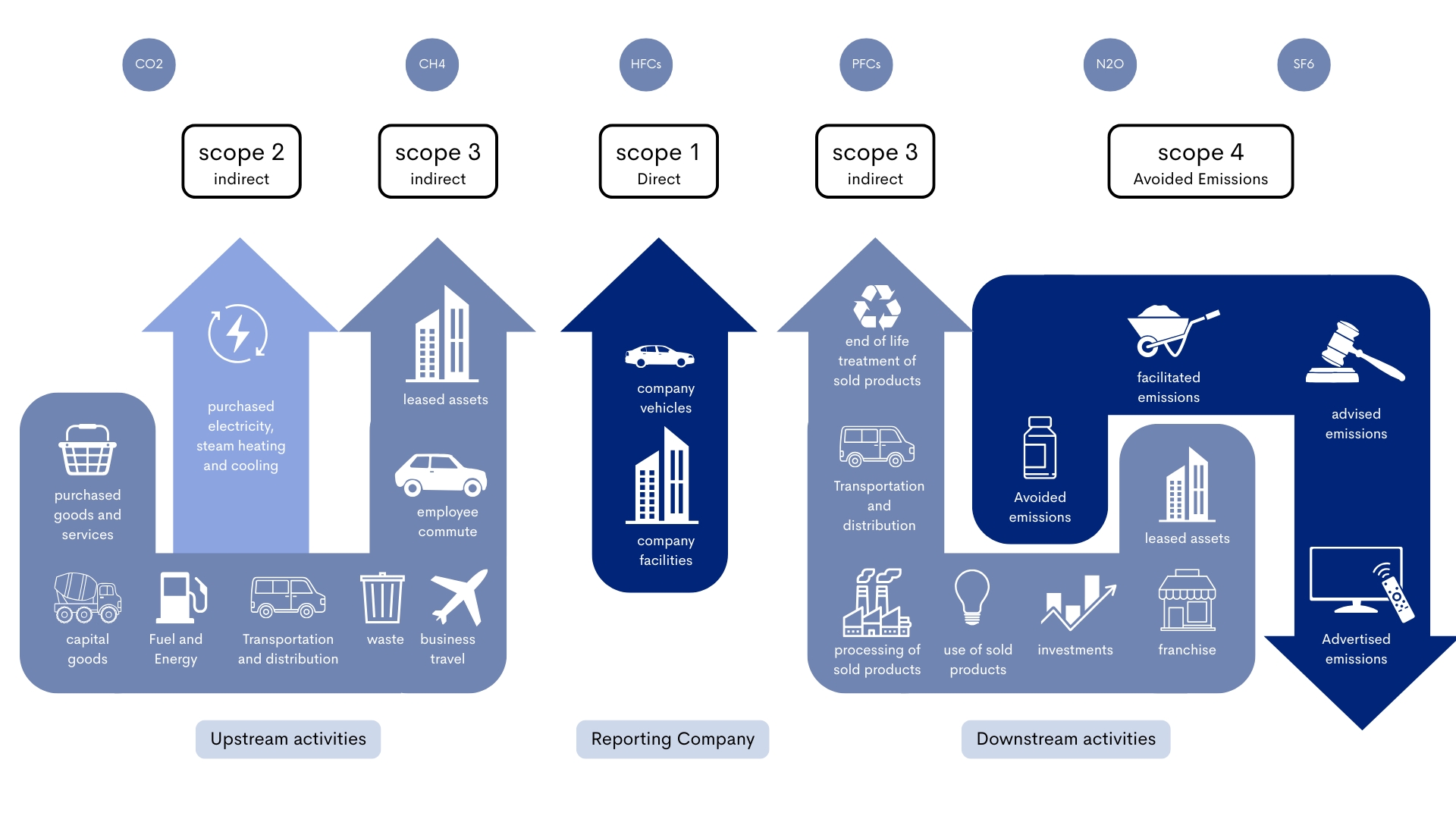Scope 4 emissions are a crucial component of the sustainability puzzle. By recognizing the avoided emissions from the use phase of products and services, companies can play a significant role in achieving global climate goals, including the Paris Agreement targets. Through accurate calculation and integration into Life Cycle Assessments, Scope 4 emissions provide a more comprehensive understanding of a company’s environmental impact.
With consulting services offered by Desapex, businesses have the tools and expertise needed to align their strategies with sustainability goals, reduce their carbon footprint, and contribute to a net-zero future.
Our Organization is at the forefront of helping businesses achieve net-zero emissions and meet their sustainability goals through its comprehensive Net-Zero Consulting services. With expertise in energy modelling, carbon auditing, and strategic sustainability planning, we empower organizations to significantly reduce their carbon footprint and contribute to the global fight against climate change.
Are you ready to reduce your Scope 4 emissions and make a significant environmental impact? Let’s work together to build a sustainable future.


.png)

.jpg)
.png)





